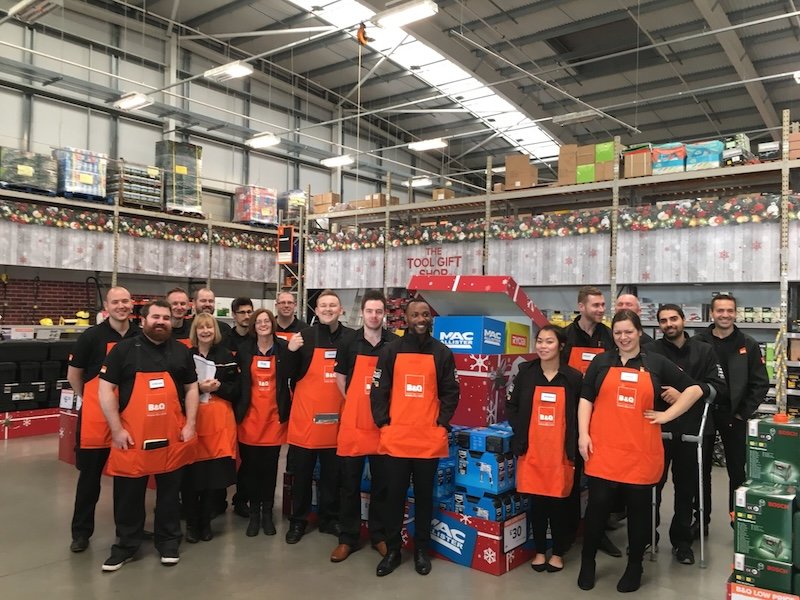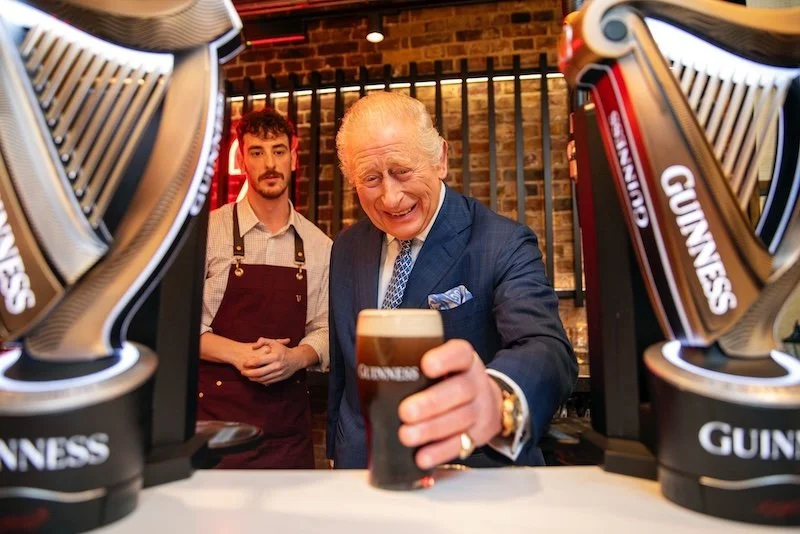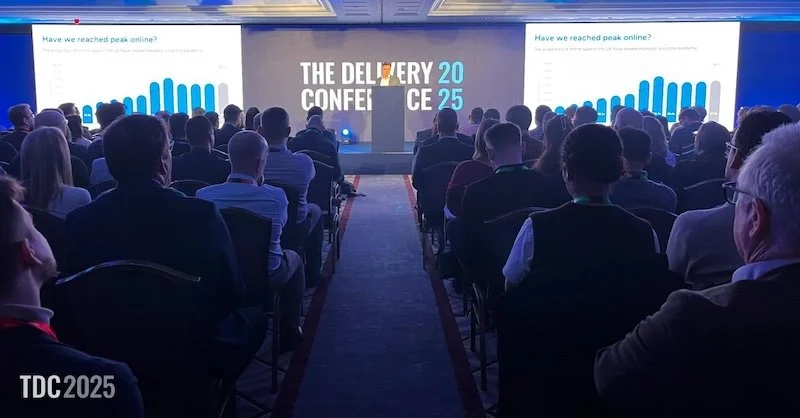Retail Technology Show research flags power of supermarket loyalty member pricing programmes
With supermarkets including Sainsbury’s, Morrisons, M&S and Co-op following Tesco’s lead, launching discounted prices exclusively for loyalty scheme members, the popularity of these programmes has risen among price conscious shoppers, according to research from Retail Technology Show (RTS).
However, while discount driven consumers are flocking to sign-up to access member only offers, there remains concern around the use of their data and the fairness of a dual pricing system.
A survey of over 1,000 shoppers by RTS, which takes place at London Olympia on 24th and 25th April, revealed 73% feel loyalty prices are an effective way to encourage them to sign-up as a member.
🚀 MAJOR ANNOUNCEMENT! ✨ Registration for the Retail Technology Show (24-25 April, Olympia London) is LIVE! Join us on this extraordinary journey to unlock the magic of Retail Innovation.
— The Retail Technology Show (@RetailTechShow) November 29, 2023
🎟️Secure your FREE pass today, be a part of the Magic🔗https://t.co/d2aLXzqrnx #RTS2024 pic.twitter.com/178LLX2Fxj
As household budgets remain squeezed by ongoing cost-of-living pressures, 54% had started shopping with a retailer because of the significant discounts offered to card holders, while 23% now say they won’t shop with those not offering ‘dual-pricing’ for loyalty members.
And this adoption has seen retailer loyalty scheme sign-ups grow exponentially.
Since introducing ClubCard prices in 2020, for instance, Tesco has grown its loyalty programme from 14 million to now 21 million users, while Sainsbury’s saw sign-ups of one million new customers between the launch of NectarPrices (April, 2023) and July of last year.
At the same time, however, people remain savvy that their data will be used by retailers;
73% felt loyalty scheme prices are an effective way of growing marketing data. However, that didn’t stop some shoppers from trying to play the system; almost three in ten (28%) had taken a loyalty card to the checkout to get membership deals but then didn’t register the card afterwards.
Matt Bradley, Event Director at the Retail Technology Show, comments: “Consistently our annual consumer polls show that, in general, shoppers don’t mind giving up their data, if there is a value exchange.”
“With many cost-of-living shoppers trying to make squeezed household budgets work harder, the prospect of immediate discounts is a tangible benefit.”
“However, shoppers are increasingly aware of just how valuable their data is to retailers. That means, in order to keep customers satisfied that the value exchange is sufficient, retailers need to think about how they can use that data to further personalise promotions to make loyalty experiences all the more compelling.”
As well as data use concerns, the impact of dual pricing for loyalty and non-loyalty customers also hasn’t been met without debate with the Competitions and Markets Authority (CMA) starting its probe into supermarket loyalty schemes this month, which will review the practice of only offering promotional prices to members.
52% of those polled by RTS felt retailers are significantly elevating regular, non-loyalty scheme prices to make more money.
A further 49% said that by offering such significant discounts to loyalty scheme members, regular shoppers who weren’t signed up to programmes risked being ripped off.
This follows an investigation by This is Money which revealed supermarket customers who shop without a loyalty card could be paying between 23-26% more respectively on average in a typical shop.
Loyalty will be a key focus during the conference programme of RTS 2024, with a Customer, Marketing and Loyalty track on day one of the show.
Gymshark’s Chief Technology Officer, John Douglas, and Paul Smith’s Head of Retail Operations, Camellia Spaczynska, also will discuss successful strategies for leveraging customer data and personalisation to drive enhanced loyalty in a seminal panel session.






























Continue reading…